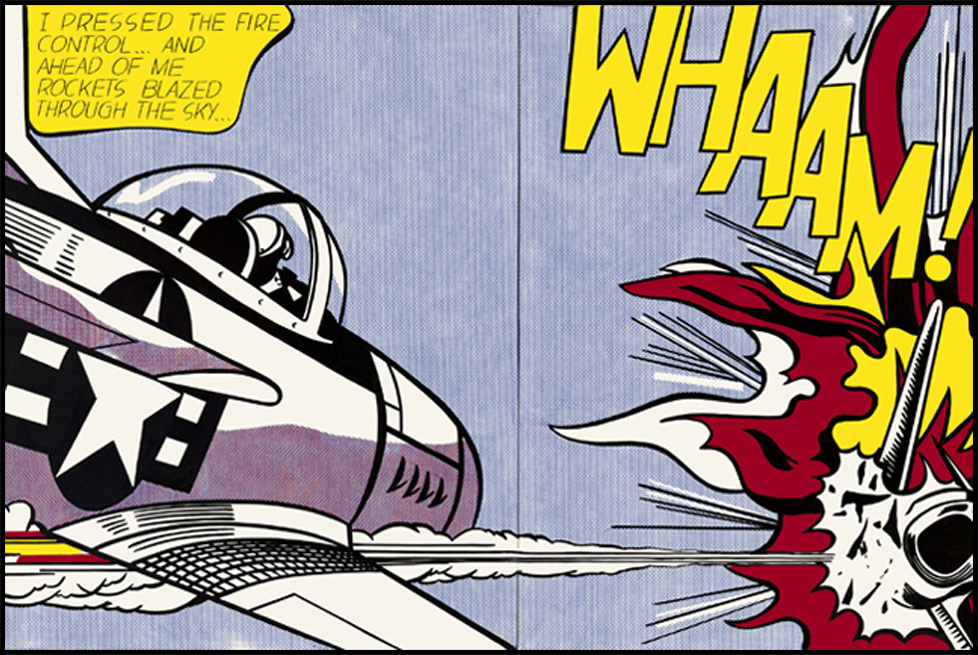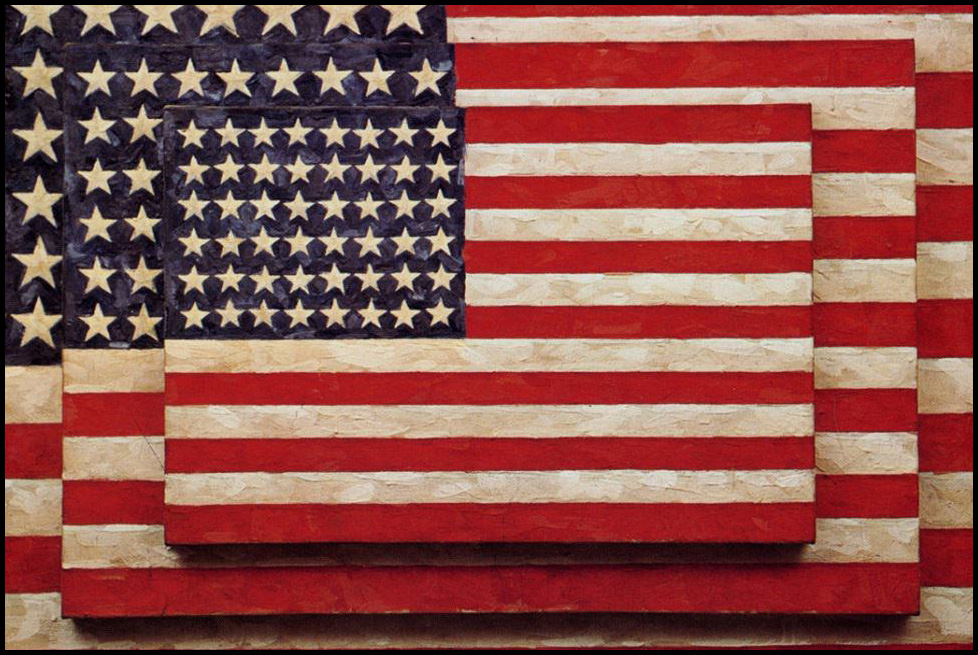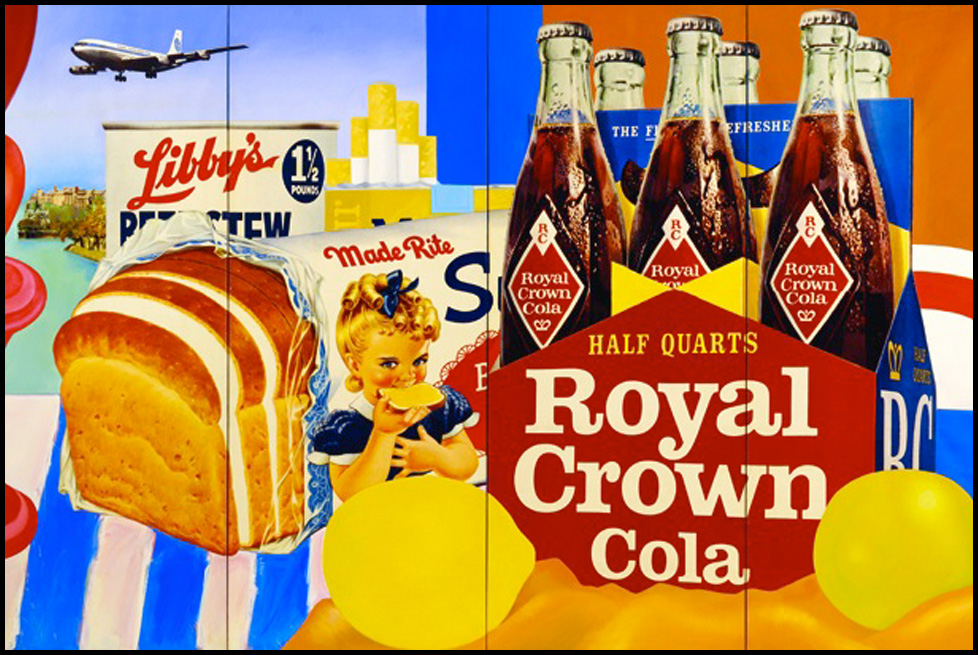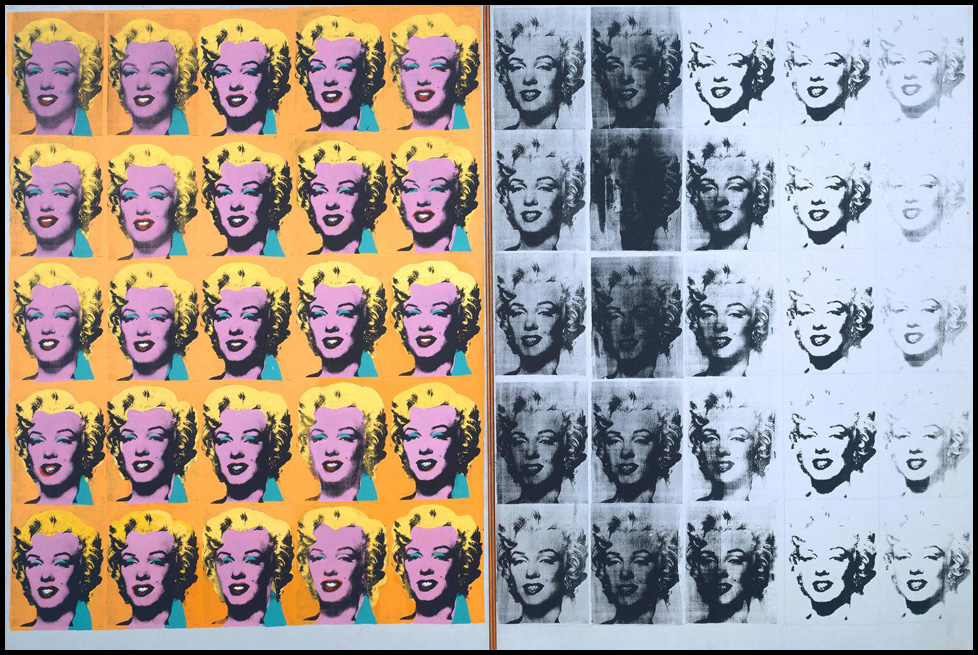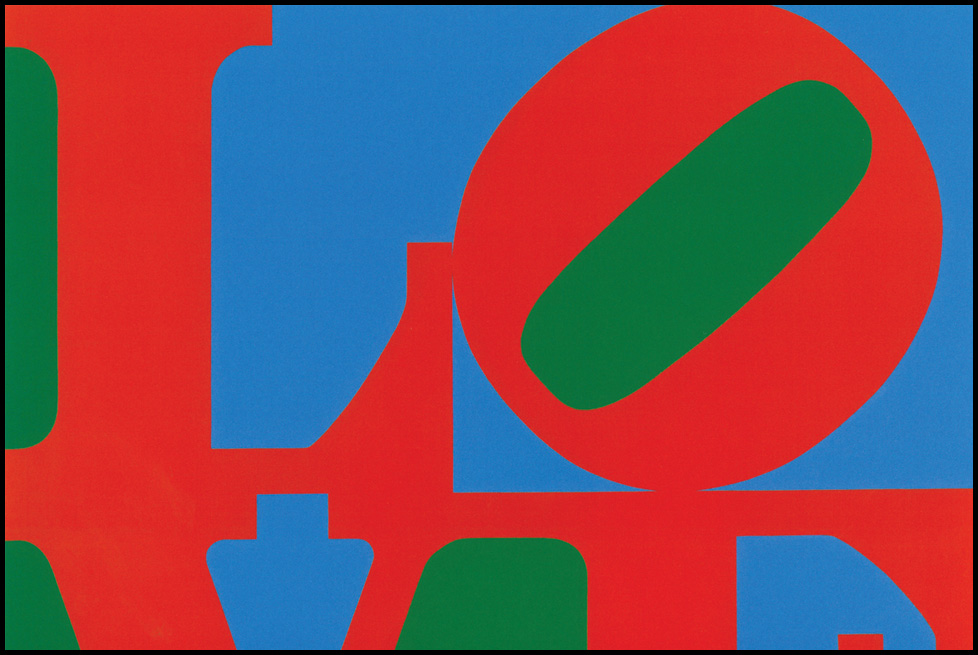Everything is beautiful.
Pop is everything.
- Andy Warhol
Pop Art, started in the 1950’s, appreciates popular culture, or what we also call “material culture.” It does not critique the consequences of materialism and consumerism; it simply recognizes its pervasive presence as a natural fact. Acquiring consumer goods, responding to clever advertisements and building more effective forms of mass communication (back then: movies, television, newspapers and magazines) galvanized energy among young people born during the
Post-World War II generation. Rebelling against the esoteric vocabulary of abstract art, they wanted to express their optimism after so much hardship and privation in a youthful visual language. Pop Art celebrated the United Generation of Shopping. Key characteristics of Pop Art include: recognizable imagery, drawn from popular media and products, usually very bright colors, flat imagery influenced by comic books and newspaper photographs, images of celebrities or fictional characters in comic books, advertisements and fan magazines, and an innovative use of media.


